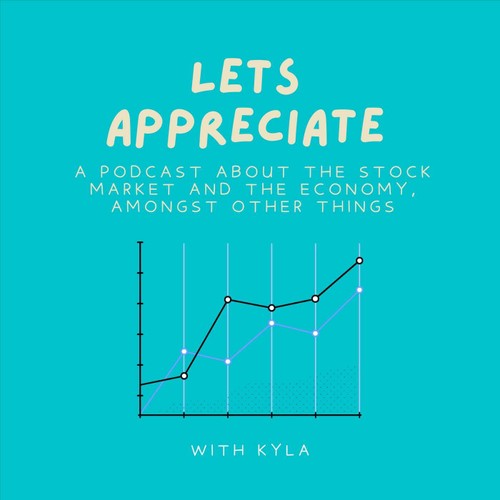
 Let's Appreciate
Let's Appreciate Chicago Fed President Austan Goolsbee on What the Job Market Is Really Telling Us
10 snips
Oct 9, 2025 Austan Goolsbee, President of the Federal Reserve Bank of Chicago, dives into real-time labor market indicators. He explains how these metrics blend 11 data sources to assess unemployment and hiring rates, showing stability despite mixed signals like low quits and hiring. Goolsbee discusses the effects of AI on young workers and highlights shifting job sectors post-COVID. Ultimately, he emphasizes the job market's steadiness, urging a focus on rates of layoffs and vacancies for clearer economic insights.
AI Snips
Chapters
Transcript
Episode notes
Real-Time Flow-Based Labor Measures
- The Chicago Fed combined 11 public and private sources to estimate real-time unemployment, hiring, and separation rates when official data lag or are unavailable.
- Their model treats the labor market as flows (like a bathtub) to infer the unemployment level from hiring and separation rates.
Stability Hidden By Payroll Volatility
- The Chicago Fed's real-time estimate during the shutdown showed unemployment steady at 4.3% with hiring and separation rates largely unchanged.
- These rate-based indicators painted a steadier job-market picture than volatile payroll totals.
Bathtub Metaphor To Infer Unemployment
- The indicators infer unemployment from observed flows: the probability an unemployed person gets hired and the probability an employed person separates.
- The model maps multiple signals to historical relationships to estimate current unemployment and flow rates.

